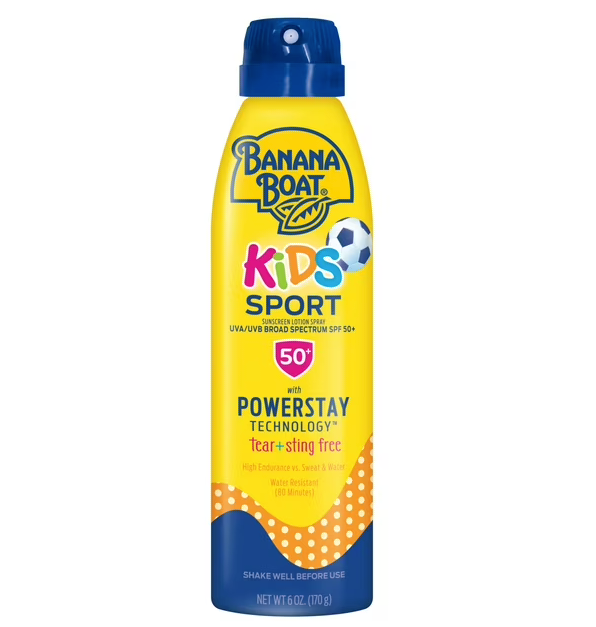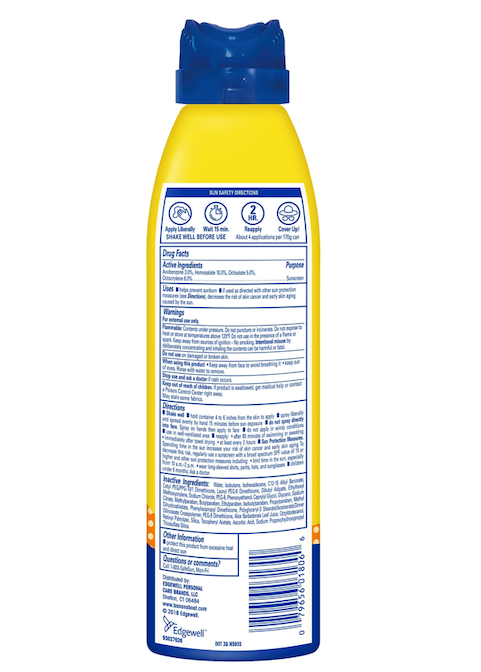What Is Melanoma?
Melanoma is a type of skin cancer that develops in the cells that produce melanin, the pigment that gives your skin its color. It is the most serious type of skin cancer and can spread to other parts of the body if not detected and treated early.
What Causes Melanoma?
Melanoma is primarily caused by exposure to ultraviolet (UV) radiation from the sun or tanning beds. People with fair skin, a history of sunburns, excessive sun exposure, and a family history of melanoma are at a higher risk of developing this type of skin cancer.
Symptoms of Melanoma
Melanoma can develop anywhere on the body, but it most commonly appears on sun-exposed areas such as the face, back, arms, and legs. Key warning signs include:
-
A new mole or a change in an existing mole
-
Moles with irregular shapes or borders
-
Varied colors within a mole, such as shades of brown, black, or even red, white, or blue
-
Moles larger than 6mm (about the size of a pencil eraser)
-
Moles that itch, bleed, or become tender
The ABCDE rule can help you remember what to look for:
-
Asymmetry
-
Border irregularity
-
Color variations
-
Diameter over 6mm
-
Evolving size, shape, or color
Diagnosis of Melanoma
If a suspicious mole or skin change is detected, a dermatologist will likely perform a skin exam and may recommend a biopsy, where a sample of the tissue is examined under a microscope. If melanoma is confirmed, additional tests such as imaging scans may be needed to determine if it has spread.
Treatment for Melanoma
Treatment depends on the stage and location of the melanoma. Options may include:
-
Surgical removal: Often the first step, especially for early-stage melanoma.
-
Immunotherapy: Uses the body’s immune system to fight the cancer.
-
Targeted therapy: Focuses on specific genetic mutations within cancer cells.
-
Radiation therapy: May be used if melanoma has spread or surgery isn’t an option.
-
Chemotherapy: Less commonly used but still an option in some cases.
Early detection greatly improves the chances of successful treatment.
Prevention of Melanoma
You can lower your risk of developing melanoma by following these guidelines:
-
Use a broad-spectrum sunscreen with SPF 30 or higher every day, even on cloudy days.
-
Reapply sunscreen every two hours and after swimming or sweating.
-
Wear protective clothing, wide-brimmed hats, and sunglasses.
-
Avoid tanning beds and minimize sun exposure during peak hours (10 a.m. to 4 p.m.).
-
Perform regular skin self-exams and schedule annual skin checks with a dermatologist.



